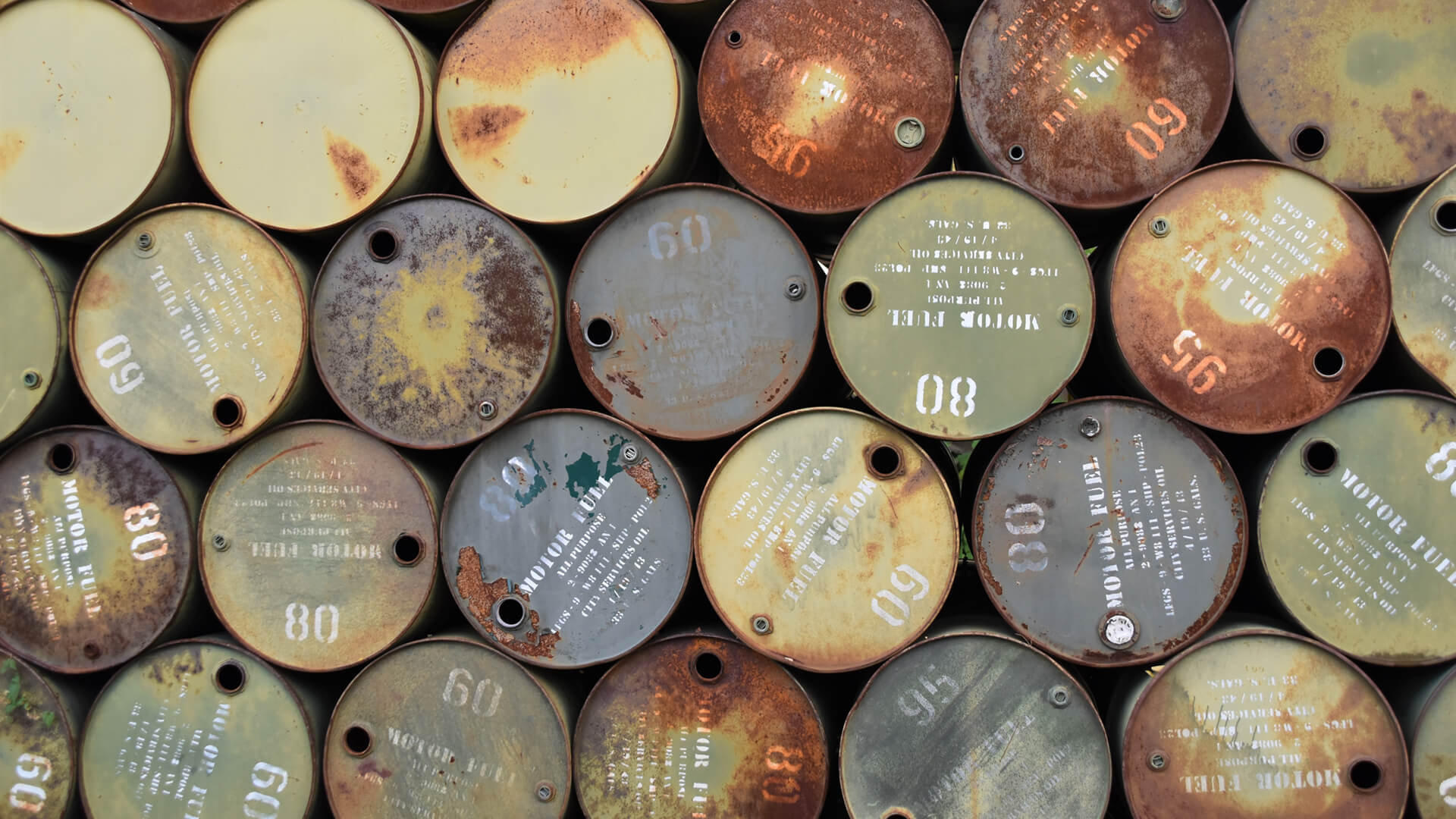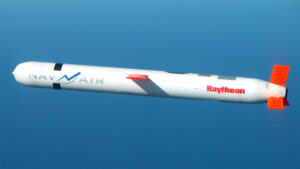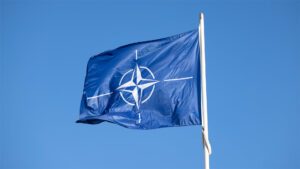The Ukrainians have ramped up strikes on Russian energy infrastructure, sending ripples through Russia’s refining capacity and triggering fuel shortages. But what changes enabled this to occur?
Three big things have shifted, giving Ukraine political cover and better tools to disrupt Russian oil flows. These include opposition from the US diminishing, Europe cutting off Russian oil and gas (besides Hungary and Slovakia), and longer-range weapons to strike deeper into Russia.
This is allowing Kyiv to strike Russia’s most critical oil hubs; think the pipeline nexus Samara, or pumping stations that will force Novorossiysk to collapse, or even northern hubs serving the Baltic. Since oil remains the largest revenue source for the Russians, sustained attacks on this infrastructure threatens Moscow’s ability to fight this war.
Transcript
Hey all Peter Zeihan here coming from Colorado on a foggy day. Today we’re gonna talk about what’s going on in Russia, specifically. Ukraine has severely ramped up its attacks on Russian energy infrastructure. This is something that the Ukrainians have been doing in bits and pieces for about a year and a half now, but it’s now taken on a whole new level, and we have somewhere between 15 and 20% of Russia’s oil processing capacity offline.
And it’s generating localized gasoline shortages throughout the Russian system, including in the capital, and certainly in the provinces that are closer to the actual front in the Ukraine war. So what has changed? Three things. First of all, Biden’s gone. Biden had this idea that attacks on energy infrastructure in, the Russian space would raise energy prices globally to a point that would be politically unpalatable for Americans.
Now, I was always on the other side of that equation, as a rule, gasoline markets, not to be confused with oil markets, trade differently. And so a disruption in one hemisphere does not automatically trigger a broad scale energy price increase in the other. But regardless, Biden has now gone. That argument is no longer being made in Washington.
And from Ukraine’s point of view, the gloves are off a little bit. Number two Europe, the Europeans are no longer taking any piped oil or natural gas from the Russians at all, aside from a small volumes that come into places like Hungary, which are basically operating as Russian parties. Which means that from Ukraine’s point of view, there’s no longer diplomatic or economic complication in Europe.
The deals to transit oil and natural gas across Ukrainian space expired at the beginning of the year. Everyone who was smart and saw the writing on the wall, moved away from the Russian sources completely again, Hungary being the standout exception. And now going after the infrastructure in any way, shape or form basically has the unofficial blessing of the European Union.
So the Hungarians and to the lesser degree the Slovaks, are screaming bloody murder. But Ukraine isn’t giving transit fees. They’re not taking any Russian energy. No one else in the EU is taking any of it either. So it’s okay to go after the infrastructure. We’ve actually seen a couple pumping stations get hit already. Third, the Ukrainians are much better at this.
They’ve been developing bit by bit heavier payloads and longer range weaponry that can strike further and further and harder and harder at Russian targets. And so now reliably, it’s to a range of about 1200 kilometers. The Ukrainians can be striking, and that’s about 700 miles. And that puts a lot in range of these potential weapons, including the entire Moscow region.
But Moscow is not the most important zone here when you’re talking about oil. There are a few pipeline hubs in the Russian system where several pipeline networks from different zones come together for focusing and refining, and then go on to export points. And in my opinion, the single most important of them is the city of Samara in southwestern Russia.
It’s basically roughly north of the Caspian Sea, maybe northwest a little bit. Anyway, something around 3 million barrels a day flows through there at any given time. Pipelines, of course, can be redirected to a degree. But we now have the Ukrainians targeting refineries in the Samara area. And when they do that, the crude can’t be refined. It needs to be kept in the pipeline and sent on, and the pipelines flow on can only take so much traffic.
So it’s put a real crimp in what the Russians can produce. And we’re already starting to see some reports, a few reports of shut in production because the pipelines can’t handle the flows to the volumes that are necessary because the refineries are offline. If and when the Ukrainians decide to go after the pumping stations on the pipelines themselves, then this whole part of the network breaks, and that will probably be the end of meaningful exports from Russian crude to the Black Sea port of Novorossiysk.
And as the Ukrainians continue to get better and better weapons, some of the distribution systems of the hubs in northern Russia will probably start getting hit as well. And that could really impinge upon the Baltic Pipeline system, which is where the Russians export crude from the Baltic Sea, from, near Saint Petersburg. The specific port escapes me at the moment.
Anyway, so with the politics changed and the economic dependencies shifted, and the Ukrainians all of a sudden a lot better at what they were doing, we should expect a lot more Russian crude going offline. So regardless of what happens with the Trump administration and sanctions and its effort to peel, say, the Indians and or the Chinese away from the Russians, if the crude can’t flow, the crude can’t flow, and the Russian economic situation with then become a lot more difficult because oil sales remain what they have always been for Moscow, their single biggest source of income, going all the way back to Soviet times.









